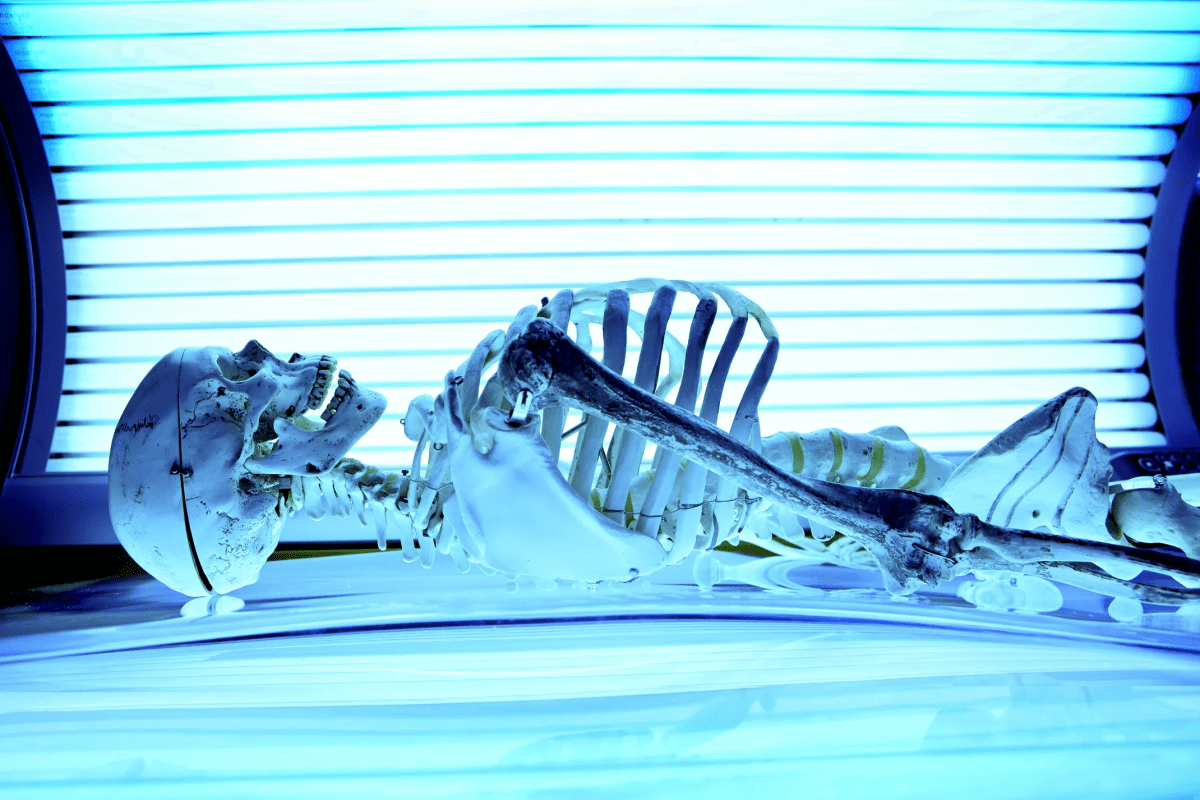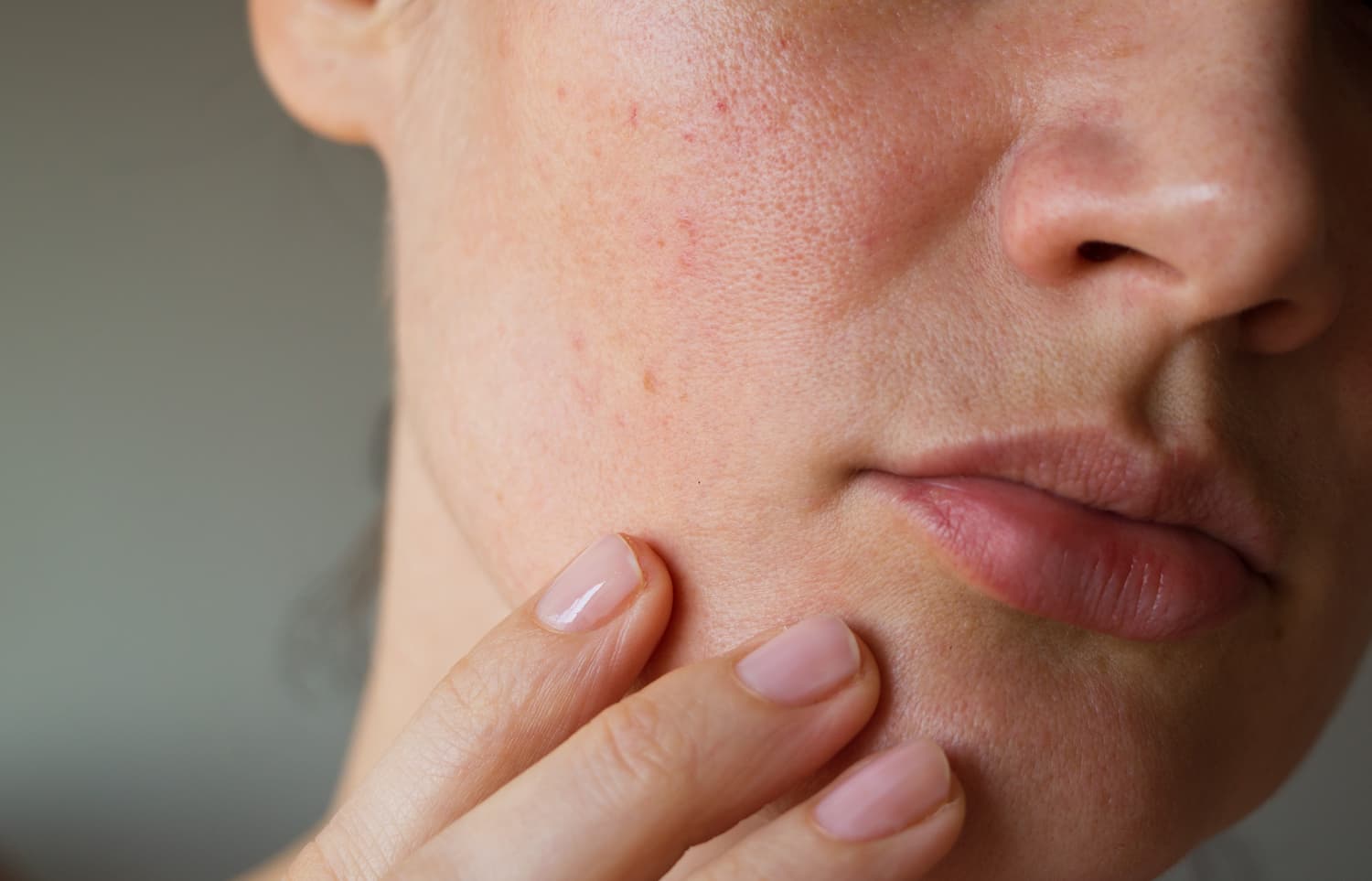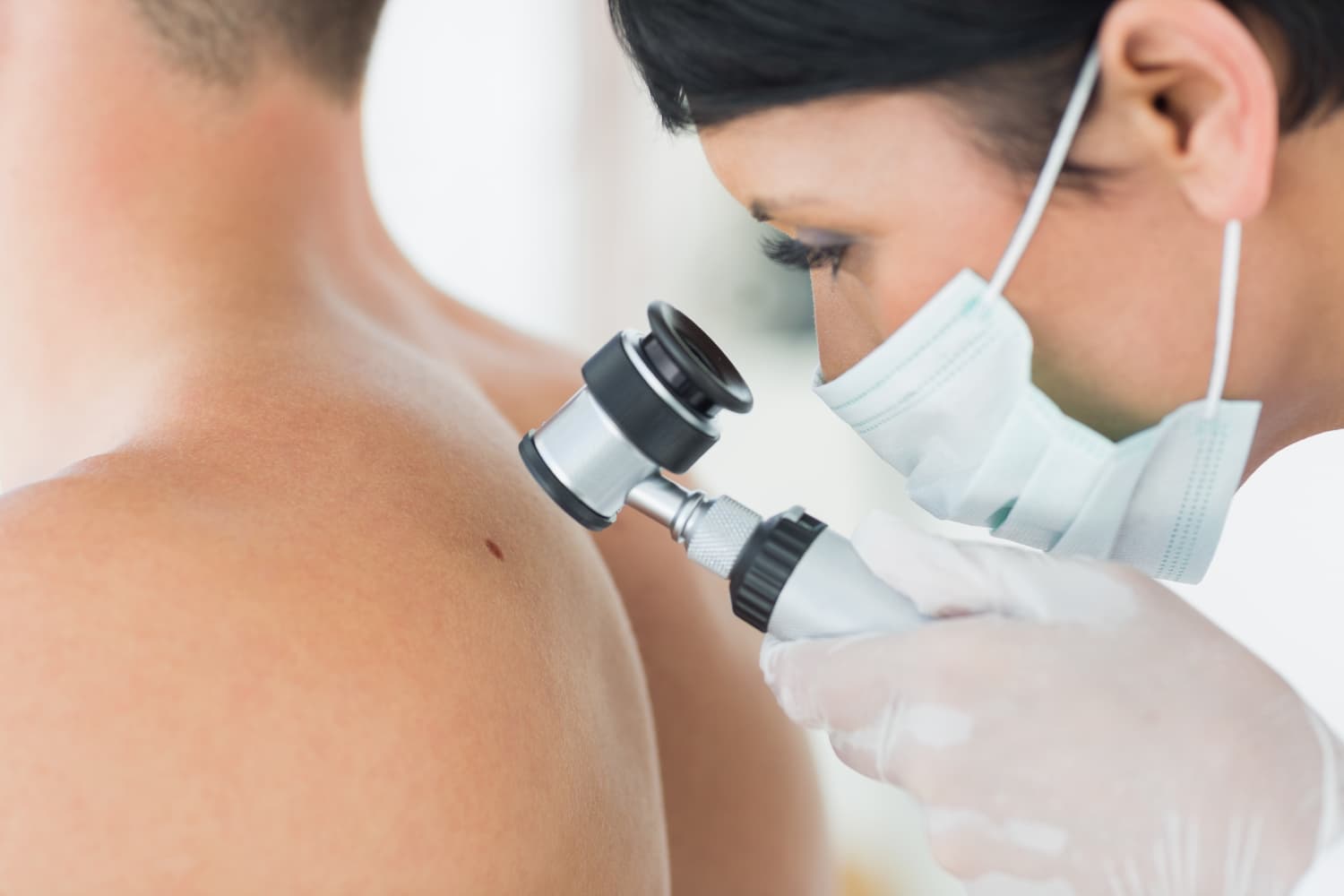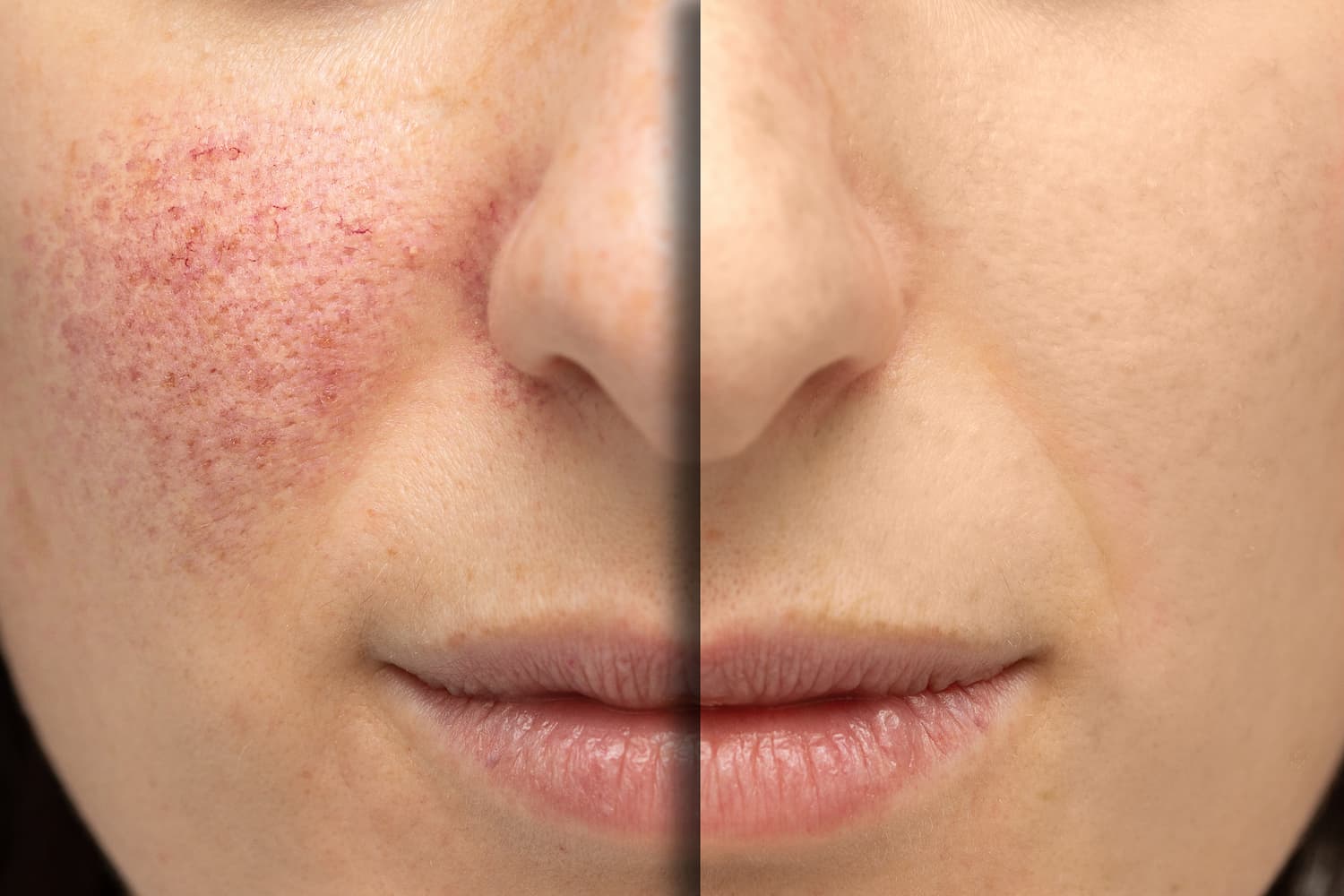Whether you get a tan on the beach, in your backyard, in a tanning bed, or through incidental exposure is bad news! Tans are caused by harmful ultraviolet radiation, also known as UV rays, from the sun or tanning lamps which cause skin cell damage.
Did you know, tanning is linked to more skin cancers than cigarettes are to lung cancers? In fact, people who first using a tanning bed before the age of 35 increase their risk for melanoma by 75%, according to skincancer.org. Find better ways to achieve that summer glow such as spray tans or bronzing products and slap on some sunscreen! No tan is worth the lifelong damage.

So why do people seek out the sun, even knowing the potential harm? The sun can be addictive, it gives you endorphins and makes you feel good. Some people believe that if they get a base tan they won’t get sunburned, which is false. No matter what you may hear at your local tanning salon, the damage caused by UV radiation can lead to premature skin aging which causes wrinkles, brown spots, as well as skin cancer.
The damage caused by UV exposure will also make your skin look older. Photodamage in people of color will lead to sagging of the skin, loss of volume from the face and hyperpigmentation.
Dr. Mullens a current dermatology resident at Affiliated Dermatology spoke on what type of sunscreen you should look into.
“I am a big endorser of natural, mineral based sunscreens using zinc oxide and titanium dioxide because they are both physical blockers of the sun. The other type of sunscreen uses chemicals that absorb the ultraviolet light and prevent it from reaching the skin. I love Neutrogena Sheer Zinc SPF mineral based sunscreen. It contains 21.6% ZINC OXIDE providing effective UVA and UVB protection. The sunscreen dries clear, so it can be used with makeup. It is hypoallergenic, paraben free, phthalate free, dye free, and suitable for sensitive skin. EWG scientists reviewed Neutrogena Sheer Zinc Dry-Touch Sunscreen, SPF 50, and Neutrogena Sheer Zinc Face Dry-Touch Sunscreen, SPF 50 for safety according to the methodology outlined in our Skin Deep Cosmetics Database.
They assessed the ingredients listed on the labels of personal care products based on data in toxicity and regulatory databases, government and health agency assessments and the open scientific literature. EWG’s rating is 1 and 2 and for Neutrogena Sheer Zinc Dry-Touch Sunscreen, SPF 50 and Neutrogena Sheer Zinc Face Dry-Touch Sunscreen, SPF 50, respectively, concluding these products score well overall and is a top choice for sun protection. Best of all, it won’t break the piggy bank and is the cheapest sunscreen I am aware of with this percentage of active zinc oxide.”
Does skin tone play a role in getting skin cancer?

“RULE NUMERO UNO: Sunscreen, sunscreen, sunscreen. Sun is the major player in premature aging of our skin and can be ameliorated by use of daily sunscreen using SPF of at least 30, that is broad spectrum and ideally water resistant. Wearing sun protective clothing, wide-brimmed hats, sunglasses to avoid squinting and the accelerated appearance of wrinkles if squinting continues and is not corrected over time.”Some tips for this Summer:
- Cover up with clothing that is sun protected, hats, uv protected sunglasses, sunscreen.
- Seek shade. Limit your direct sun exposure, especially between the hours of 10 a.m. and 4 p.m, this is when the uv rays are the strongest.
- Get a spray tan instead of beds, and tanning outside. You can still get a bronzed glow the HEALTHY way!
- Hit the gym!! If you are looking for a different endorphin rush, go to the gym. You will get the same feel good attitude.
- Stay healthy with a lifestyle that includes exercise, eating well and drinking plenty of water. These will help give you a good mood boost.
Hopefully after reading this post you avoid tanning at all costs. Tanning isn’t worth the risk of skin cancer and the future of your skins health, especially since tans eventually fade. Be smart and try spray tans or tanning lotions if you really want the summer bronze without the harsh UV rays. If you notice anything different or find unusual spots on your skin, feel free to contact Affiliated Dermatology for a skin screening today!






